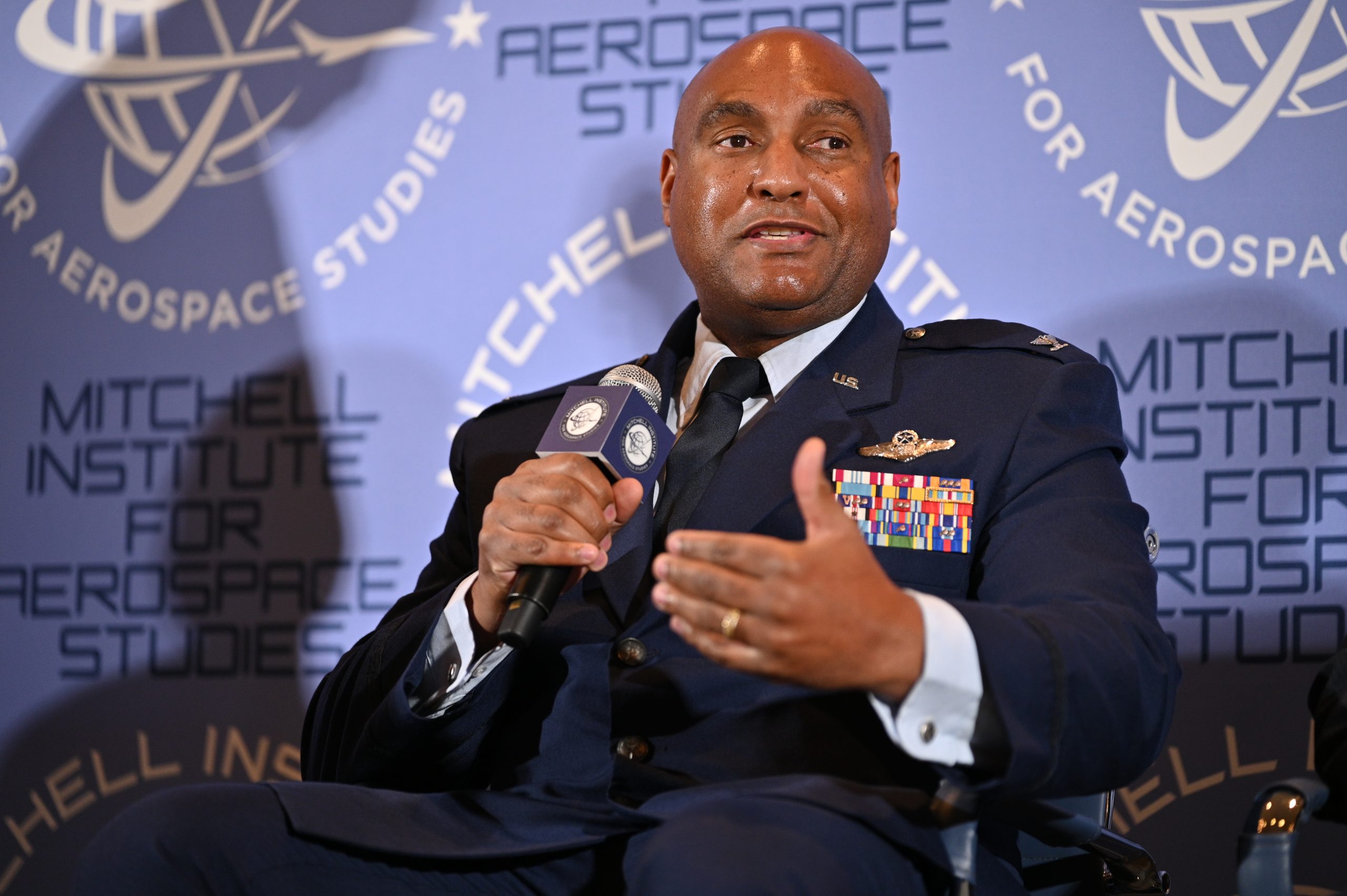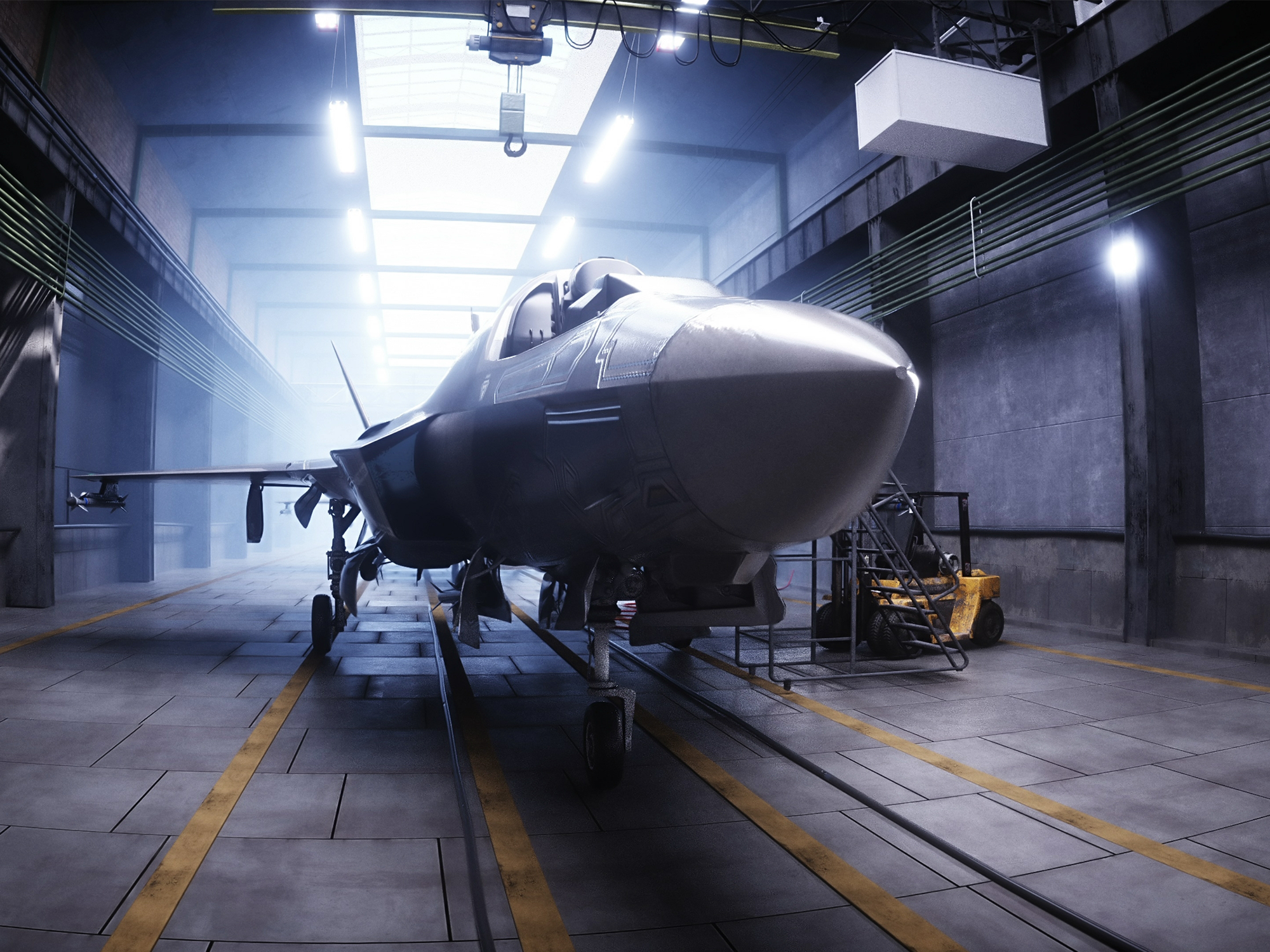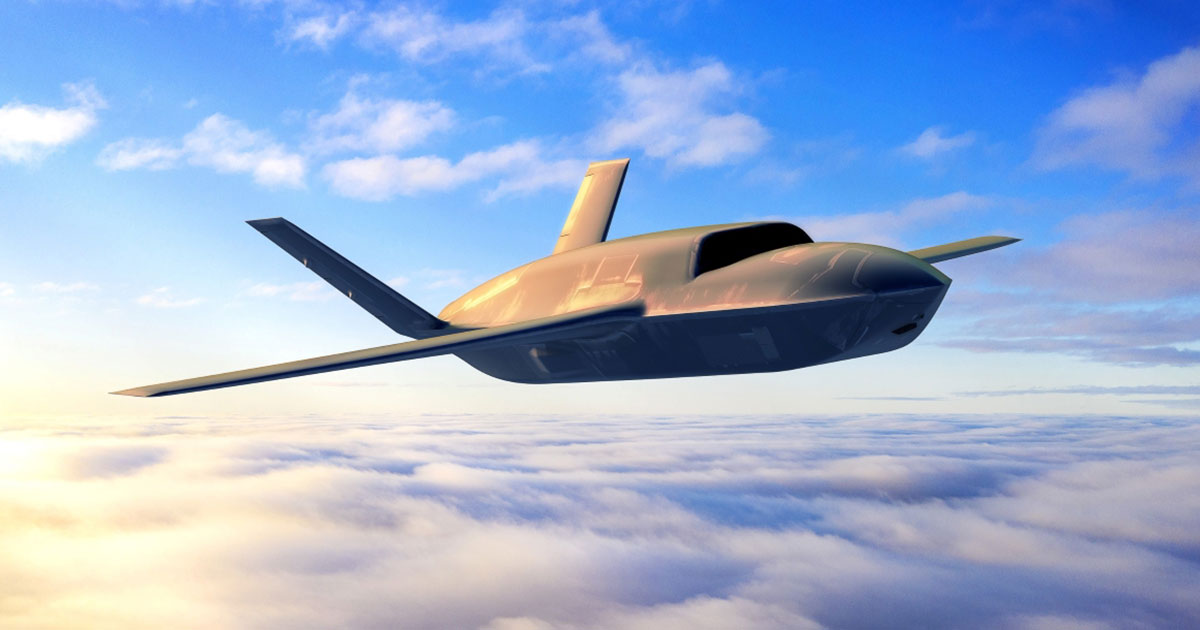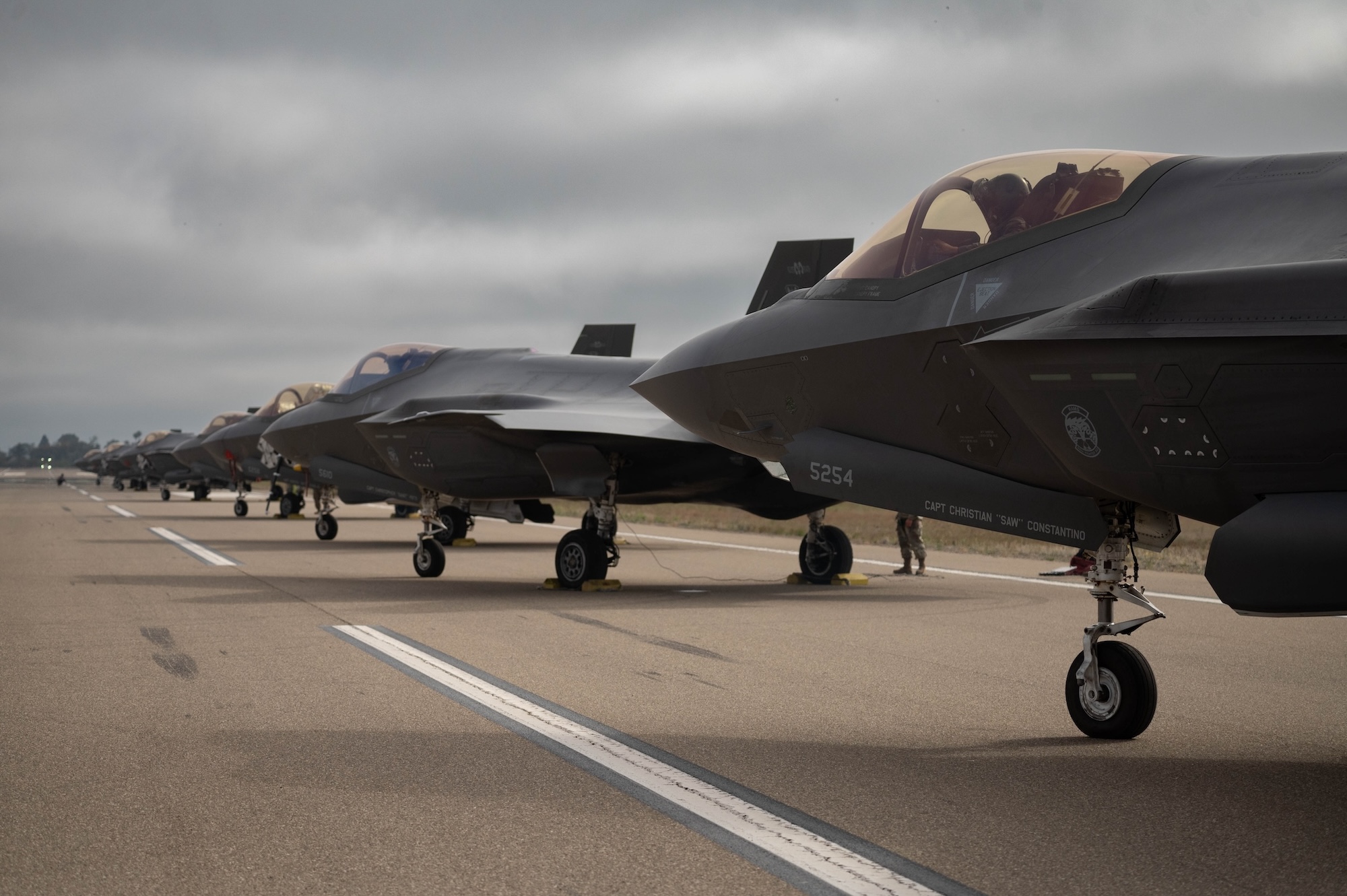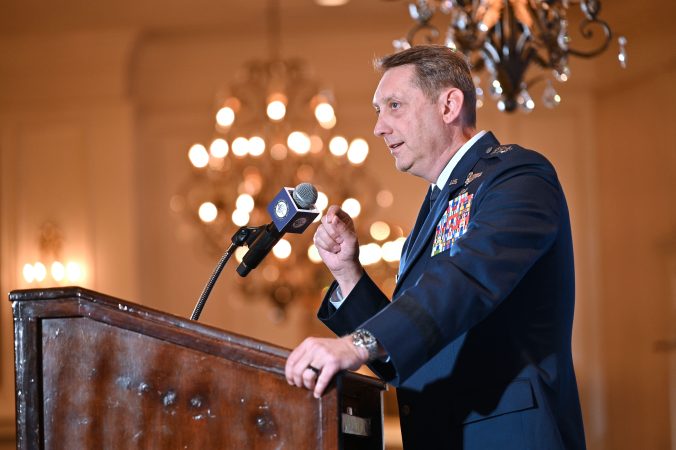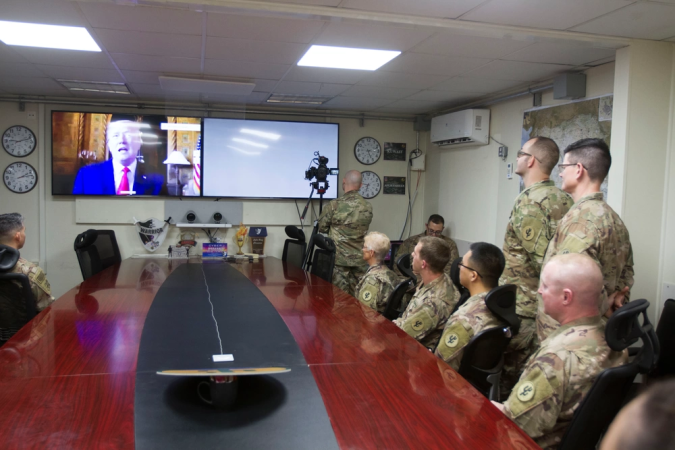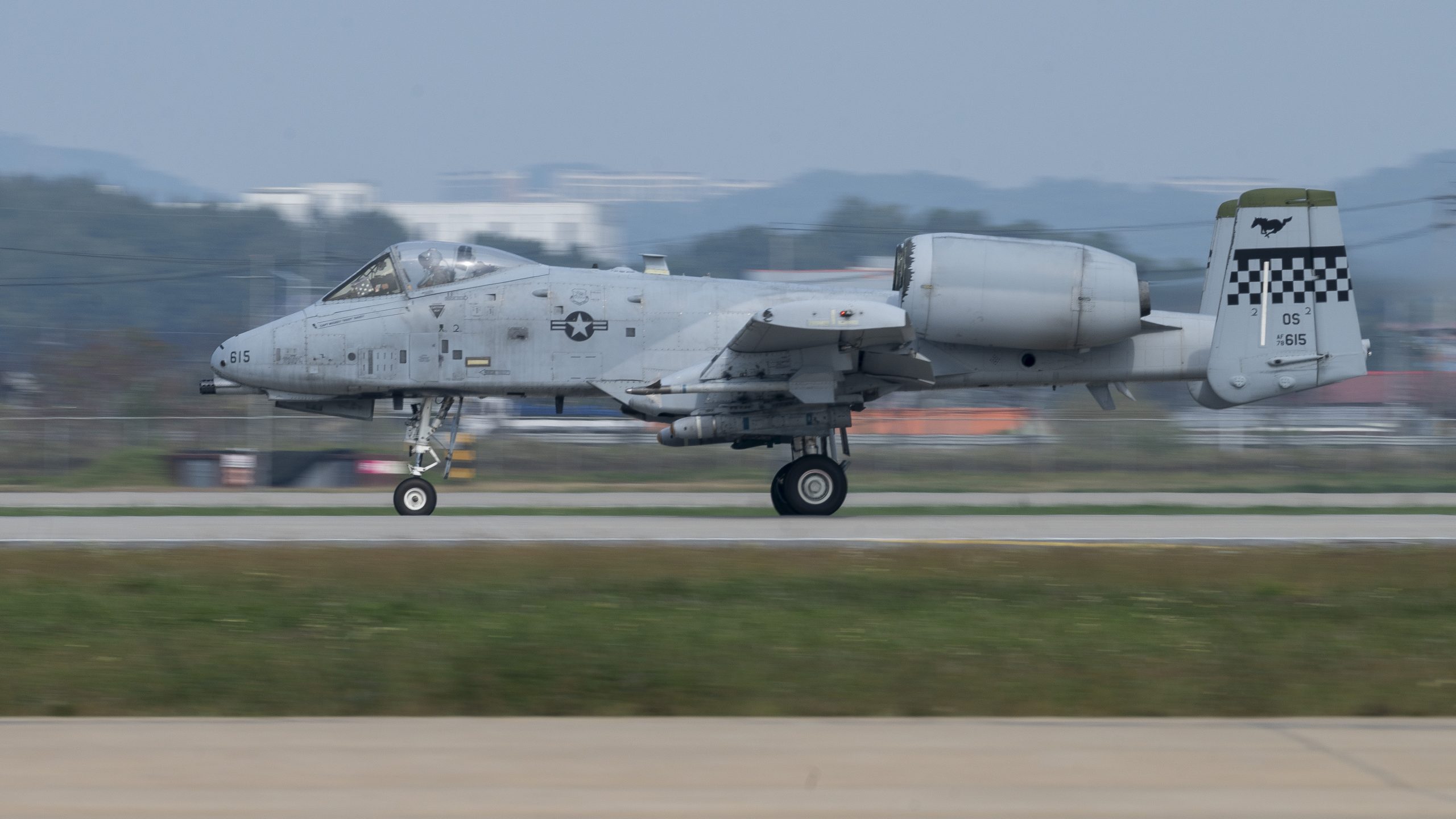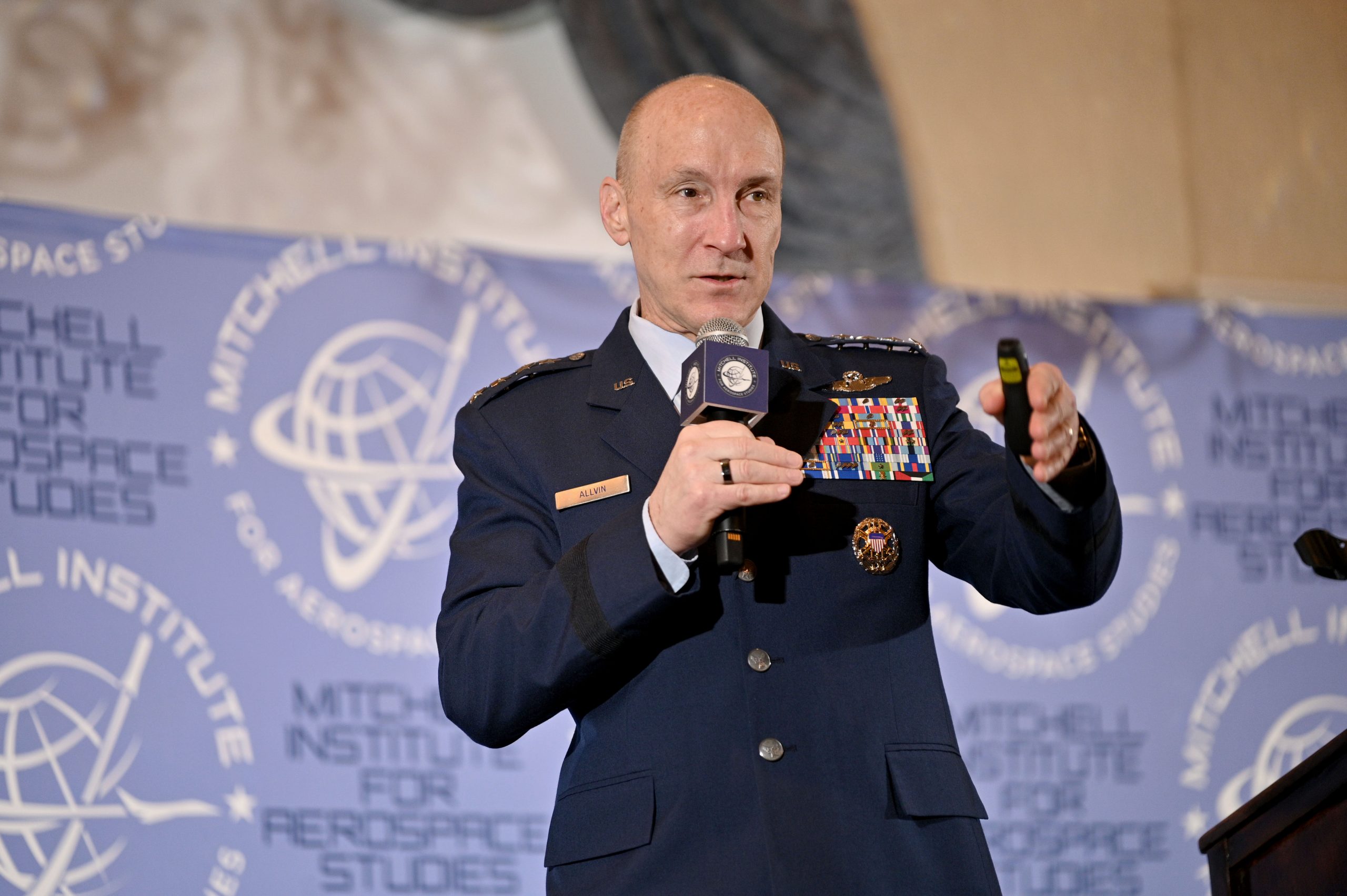The Department of Defense hopes an “unprecedented investment” of about $261 million in the fiscal year 2025 budget will boost suicide prevention efforts as the number of Active-duty military suicide deaths continues to rise.
On Nov. 14, the department released its latest Annual Report on Suicide in the Military, which found that 523 total force service members died by suicide in calendar year 2023, compared to 493 in 2022. That’s a five percent increase, but the Active-duty component saw a 12 percent increase from 331 deaths by suicide in 2022 to 363 in 2023.
The rates are similar to that of the U.S. population when adjusted for age and sex differences, officials said, but they cautioned the year-to-year increase is not statistically significant, meaning it may just reflect normal variation.
“While I know 12 percent may seem like a large change, reaching statistical significance requires changes in multiple factors which are less visible in relatively small populations with relatively small event counts,” Dr. Elizabeth Clark, director of Defense Suicide Prevention Office, told reporters on a media roundtable.
One thing that is statistically significant: a long-term rise in Active-duty suicide deaths since 2011, officials said.
“These longer-term analyses are more robust than the year-to-year comparisons, and for the longer term, we continue to see a gradual, statistically significant increase in the active component suicide rates from 2011 to 2023,” Clark said.

Other key findings are summarized below:
- Enlisted males under the age of 30 accounted for 61 percent of suicide deaths in the Active component
- Among Active-duty suicide deaths, firearm was the most common method of injury (65 percent) followed by hanging/asphyxiation (28 percent)
- 92 percent of Active suicide deaths occurred in the continental U.S., typically in areas with large populations of service members such as California, Texas, Virginia, and North Carolina
- The Reserve suicide count increased from 65 in 2022 to 69 in 2023, while the National Guard count decreased from 97 in 2022 to 91 in 2023, but the long term suicide rates for the Reserves and National Guard remained stable from 2011 to 2023, neither increasing or decreasing.
- Fewer spouses and dependents died by suicide in 2022 (the most recent year available) than in each of the two previous years. But the long-term rates increased between 2011 and 2022. In 2022, 93 spouses died by suicide, along with 53 dependents.
Within a year of their death, 44 percent of Active-duty troops who died by suicide reported intimate relationship problems, 42 percent reported a behavioral health diagnosis, 29 percent reported administrative/legal problems, 24 percent reported workplace difficulties, 12 percent reported financial difficulties, and 2 percent experienced assault or harassment. The figures are not mutually exclusive, so victims could have reported multiple stressors.
One troubling sign from the data is how many suicide victims sought mental health help: 67 percent had a primary care encounter in the 90 days prior to their death, 34 percent had an outpatient mental health encounter, 8 percent were discharged from an inpatient mental health facility, and 18 percent were on psychotropic medication at the time of death.
Prevention Efforts
The report comes amid a yearslong effort from the highest level of the Pentagon to curb the rising number of suicide deaths. Last year, Defense Secretary Lloyd Austin started a prevention campaign guided by recommendations from the Suicide Prevention Response and Independent Review Committee (SPRIRC).
The campaign follows five lines of effort: foster a supportive environment; improve the delivery of mental health care; address stigma and other barriers to care; revise suicide prevention training; and promote a culture of lethal means safety (i.e. encourage safe firearms storage).
In a statement, Austin said the department has completed 20 of the 83 steps on a prevention to-do list. Clark said the department has implemented a year-long media campaign to raise awareness of suicide prevention resources; hired more than 1,000 staff to work with leaders to make command climates free from abuse and harm; recruited and retained more behavioral health providers; started studying its suicide prevention and response training for areas of improvement; and worked with firearm retailers near bases to offer discounts for safe firearm storage devices.
Part of the issue is that DoD does not always know which efforts are effective, said Dr. Timothy Hoyt, Deputy Director of the Office of Force Resiliency for the Undersecretary of Defense for Personnel and Readiness.
“In many cases, we may have had effective programs but weren’t measuring whether or not they were having a substantial impact on the overall number,” Hoyt said. “And so going forward, it’s our commitment through these SPRIRC-enabling actions to really invest in tracking these efforts and finding those things that are the most effective.”
$250 Million
More money could change that: in its fiscal year 2025 budget request, DoD is requesting $261 million to implement SPRIRIC, Hoyt said. For comparison, SPRIRC received $17.8 million to implement 10 prevention efforts in fiscal year 2024. Austin described the potential windfall as “an unprecedented investment in suicide prevention,” and the $261 million is just a slice of a larger $547 million effort towards suicide prevention.
“We have witnessed that principled leadership and focused resource investment makes a difference and can decrease harmful behaviors,” Austin said.
Part of the money would go towards ensuring non-medical counseling systems are “robustly implemented” and sustainable, Hoyt said. That effort lines up with comments then-Chief Master Sgt. of the Air Force JoAnne Bass said at a leadership symposium in February.
“When I talk to our mental health providers, they tell me that out of every 10 Airmen that come to mental health, only two need clinical mental health support; the other eight just need to know someone cares,” she said. “There is a shortage of mental health providers, but there is not a shortage of leaders and wingmen. We have to embrace community and talk to one another.”
Another effort is improving predictability in service members’ day-to-day lives, which Hoyt said helps troops spend time with their family and stabilize their careers. The report offers few details on how that effort would percolate across the services, but commanders have made similar calls in the past.
“If I had one gift that I could give to the Airmen of Air Mobility Command, it would be predictability,” then-AMC boss Gen. Mike Minihan told Air & Space Forces Magazine in September. “We have to … still provide, to the best we can, predictability so their professional and personal lives are not continually in a state of chaos.”
Troops can also expect to see “much more dynamic” suicide prevention training that “meets them where they are,” Hoyt said.
“I think we’ve heard loud and clear the message from the front lines that previous suicide prevention training–whether slide decks or just videos that people watch without any facilitation–were not working,” he said.
Suicide prevention overlaps with other military quality of life issues: some of the steps on the to-do list include improving child care programs and spouse employment, and reviewing military pay tables. Others include making it easier to hire behavioral health professionals, making it easier to schedule tele-behavioral appointments across state and international boundaries, and creating tools for leaders to facilitate difficult discussions.
“There’s still much more work to do,” Austin said, “and we won’t let up.”
Service members and veterans who are in crisis or having thoughts of suicide, and those who know a service member or veteran in crisis, can call the Veterans/Military Crisis Line for confidential support available 24 hours a day, seven days a week, 365 days a year. Call 988 and press 1; text 988; or chat online at VeteransCrisisLine.net/Chat.

